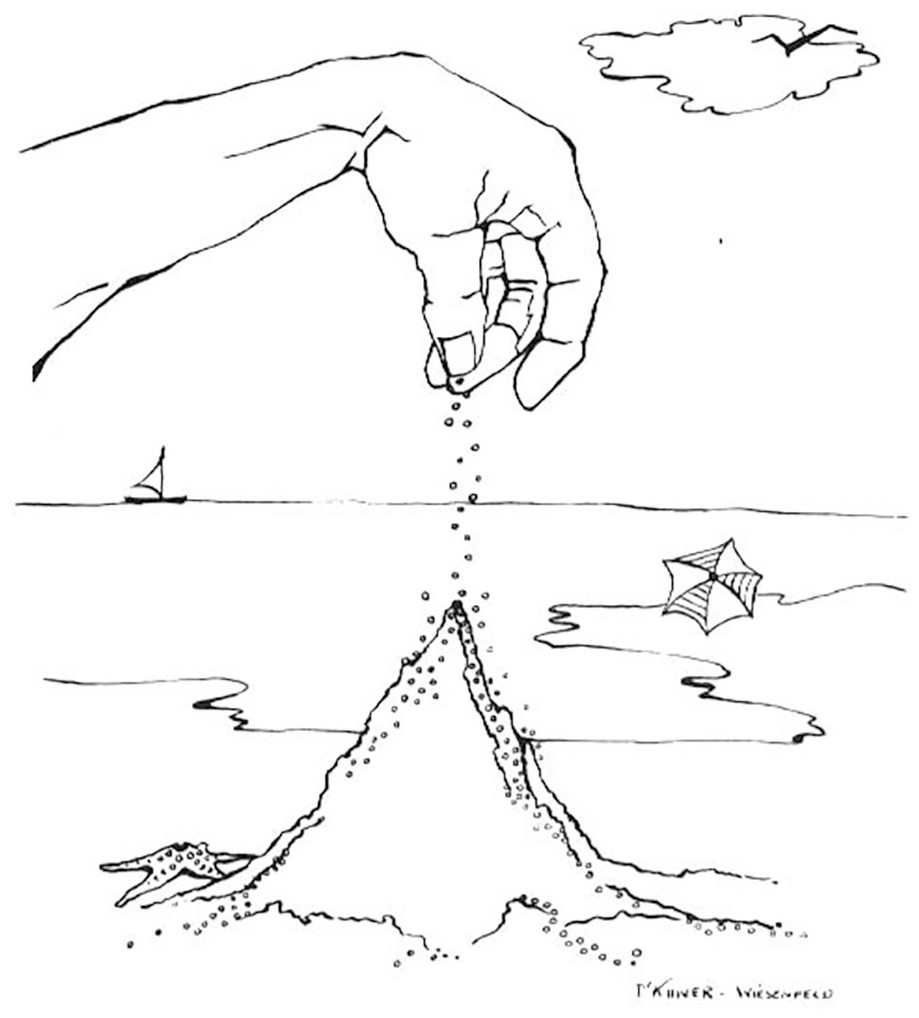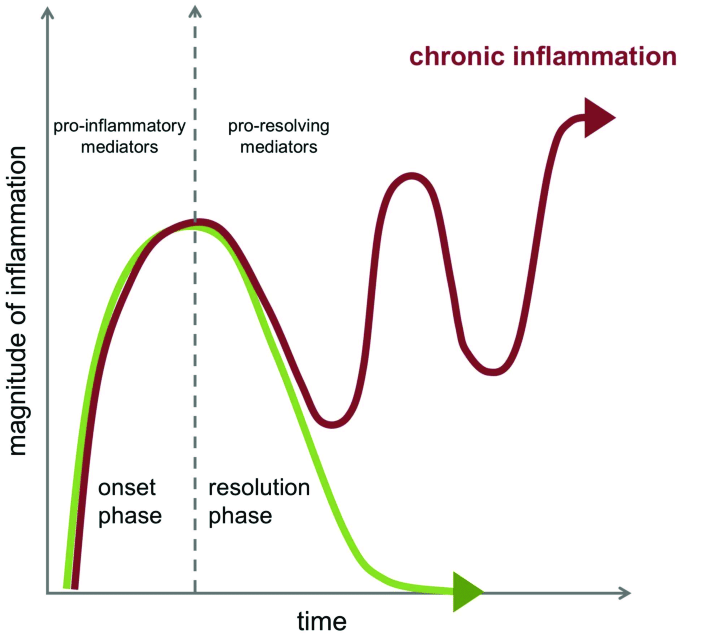Part 1 of this series discussed the basics of metastatic disease.
Part 2 discussed features of human biology that are important in understanding cancer and metastases.
In Part 3, we discuss how these features are altered during the development of cancer and metastases. Click here for the summary for nonscientists.
1. Life is a complex system composed of interacting biological networks. The malignant process damages many of these networks, creating harmful patterns of network behavior.
Life has the properties of a complex system, not a sophisticated machine. Although some disorders appear to arise from an isolated broken part (e.g. diabetes due to inadequate insulin production), advanced cancer does not.
Advanced cancer is typically due to multiple systemic network changes (Barabási 2011, Parini 2020) that affect much of the body. Initially, there are a small number of changes in a few biological networks. They promote additional changes locally and in nearby tissues and, after years or decades, cause systemic network changes that are called an altered systems biology (Koutsogiannou 2013, Paul 2021). These systemic changes are based on extensive interactions between biological networks, in which changes in one network affect the function of other networks.
A single therapy is unlikely to be curative for advanced cancer because of its systemic nature. In addition, these systemic changes typically do not revert to normal even if a substantial number of cancer cells are destroyed; this is in part due to cancer attractors that maintain the stability of cancer cells (Huang 2009).

The attractor concept (larger image): the interactions of multiple networks limit the ability of cancer cells, represented by a ball at the bottom of the valley, to change by getting to the top. This concept also applies to normal cells, which is why it typically takes years or decades for them to acquire malignant properties (Pernick 2022).
2. Cancer and metastatic disease are foreseeable catastrophic failures of human physiology, based on the principle of self-organized criticality and exposure to risk factors and random events.
Human life has properties of self-organized criticality (Bak 1996). An important property is that minor disturbances to biological networks typically cause minimal network changes, but an apparently trivial event may rarely trigger a significant systemic response (a burst), leading to a major reconfiguration of the system.

The burst response of self-organized criticality has been analogized to dropping grains of sand, one at a time, onto a sandpile (Bak 1996). Typically no change is apparent, but over time, small avalanches appear and eventually an unremarkable grain of sand may cause the entire sandpile to collapse. Image source
Thus, cancer is a foreseeable consequence of our biological structure. We can prevent some cases, detect them earlier or treat them more effectively, but we cannot create a world without cancer (Pernick 2017b). We previously suggested that adult cancer is typically caused by five super promoters: chronic inflammation, DNA alterations (somatic or germline), random chronic stress or bad luck, immune system dysfunction (individual or societal) and hormonal effects (Pernick: How Pancreatic Cancer Arises, Based on Complexity Theory 2021). Over time, these super promoters may sufficiently disrupt network controls to produce premalignant and malignant states.
Self-organized criticality should be contrasted with the theory of gradualism, which proposes that major changes occur due to the steady accumulation of small changes that produce visible differences. Gradualism is logical and predictable and was promoted by Darwin (Gould 1983), but it does not accurately describe malignant progression or even evolution, which both seem to occur in bursts (Sun 2018, Pernick: What will success look like in the war on cancer 2021).

Comparison of gradualism to punctuated equilibrium, an example of self-organized criticality in evolution (larger image). The left side shows a gradual change in the butterfly's appearance compared to bursts of changes on the right.
Source: Kaiser Science
3. Cancer risk factors activate dangerous networks in a nonstandard manner which does not activate the process of turning them off.
The usual process of activating some potentially dangerous networks, such as those controlling inflammation, also triggers a resolution process to deactivate them (Pernick: How Pancreatic Cancer Arises, Based on Complexity Theory 2021); however, during carcinogenesis, risk factors trigger the inflammatory process without triggering a resolution process (Fishbein 2020). This leads to persistent inflammation, which promotes genomic instability and further drives the malignant process (Shimizu 2012). Risk factors may also trigger pathways that lead to rapid or otherwise inappropriate cell division through an uncoordinated process that has no programmed mechanism to turn these pathways off (Pernick: New Ideas about Cancer: 2021).

Physiologic (normal) inflammation (green line) triggers resolution, so the inflammation eventually subsides. Cancer risk factors trigger inflammation in a different manner without triggering resolution pathways (red line), so the inflammation persists indefinitely. Source: Barnig 2019
4. The malignant process has a hierarchical structure with changes often occurring through bursts of activity and not through gradualism.
Living systems are based on hierarchies of either anatomic structure or cellular function, in which agents at one level (such as genes, proteins and networks) create an agent, such as an enzyme, that combines with other agents at that level to produce a higher level structure or function, with the highest level being the organism itself. In the malignant process, changes to genes, proteins or networks create agents that are different from normal. These atypical agents then combine at this level with normal or other atypical agents to produce hierarchies at higher levels that are associated with malignancy, such as metaplasia, atypical hyperplasia and dysplasia. These changes to hierarchies explain how local changes can propagate to higher levels to affect the neighboring tissue, the immune system and future metastatic sites.
Invasive cancer and metastases
Immune system dysfunction
Tissue related changes (metaplasia, atypical hyperplasia, dysplasia)
Microenvironmental changes (vasculature, cellular infrastructure) reinforce changes below
Additional cellular mutations
Mutations involving genes for cell cycle and DNA repair
Promotion of chronic inflammation (increases network instability)
Lowest level of hierarchies
Example of hierarchical changes during malignant transformation. Changes at the lowest levels percolate up and affect higher levels, typically over months to years.
Cancer has been described as occurring by multistep progression (Vogelstein 1993) with the formation of intermediate states due to the accumulation of mutations; however, the process is actually nonlinear. We believe that these changes actually occur through bursts of activity rather than gradually.

Model of multistep progression of cancer (larger image, source). Many cancers do not show this linear progression from normal to invasive cancer but have bursts of change skipping some intermediate states. In addition, the progress from one state to the next most likely occurs through bursts of change, not through one small change at a time.
5. Cancer is caused by damage to physiologic cellular controls, which cause existing cellular functions to have destructive and destabilizing features.
Cancer is not due to the creation of new cell properties but to the repackaging of existing properties in different ways, leading to destructive impacts.
Our evolutionary history began as a single celled organism whose main function was to reproduce rapidly and continuously, subject to controls that halted reproduction under adverse conditions. We then evolved to become a multicellular organism with coordination of activities between cells, restraints on cell reproduction and limits to malignant-like features. Multicellular properties were often created by using existing toolkits from single celled organisms in different ways (Mireles 2018). This was achieved using new individual or combinations of controls that delineate when and how these toolkits should be used. The new control mechanisms keep cellular and systemic processes on track and shift the survival focus from individual cells toward the organism as a whole (Davies 2011, Trigos 2018).
Long term exposure to cancer risk factors and random events, however, slowly degrades these controls and may activate the existing toolkits at inappropriate times. These control systems may be degraded through different mechanisms even for the same type of malignancy. For example, there are three distinct pathways (chromosomal instability, serrated and microsatellite instability) that cause colonic adenocarcinoma, the most common form of colon cancer. Each pathway damages the control systems for colonic epithelium in distinct ways but ultimately causes similar malignant properties.
6. Normal properties of cells transform during the malignant process.
In part 2, we described four properties of normal cells that are transformed by the malignant process to become prominent in cancer: rapid or otherwise inappropriate cell division, migration, inflammation and cells with immature differentiation.
Parts 3a - 3d will discuss in detail how these transformations occur, beginning with rapid or otherwise inappropriate cell division.